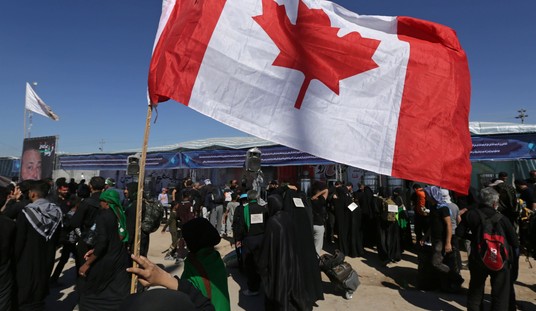Newly released satellite images show details of one of North Korea’s prison labor camps, known as Camp 25. CNN reports:
On Tuesday, Washington-based Human Rights in North Korea (HRNK) released images of Camp No. 25, a camp near Chongjin, on North Korea’s northeast coast.
According to HRNK, the map underwent an expansion before 2010, when it almost doubled in scale, and has continued to operate at its larger size.
“Our satellite imagery analysis of Camp No. 25 and other such unlawful detention facilities appears to confirm the sustained, if not increased importance of the use of forced labor under Kim Jong-un,” HRNK executive director Greg Scarlatoiu said in a statement.
The full report including detailed analysis of the photos (pdf) is here. A press release about the new report describes some of the factors driving the expansion:
[HRNK Executive Director] Scarlatoiu further added: “Due to an intensified crackdown on attempted defections, the imprisonment of forcibly repatriated refugees, the purging of senior officials, together with associates and family members, and the possible transfer of prisoners from camps in the border areas that are now closed, Camp No. 25 underwent a twofold expansion in 2009-2010. Recent satellite imagery analysis indicates that Camp No. 25 continues to be fully operational at the expanded scale.”

According to the United Nations, North Korea has 120,000 people in its network of prison camps. Those sent to the camps are starved and forced to work in a manner similar to Nazi prison camps. Executions are routine. In 2014, CNN interviewed one of Kim Jong-il’s former bodyguards who had been sent to a prison camp after he tried to defect to South Korea:
Lee tried to escape but was captured while trying to defect to South Korea and thrown into the infamously brutal Yodok political camp.
“If you are a political prisoner, Yodok’s main goal is to kill you,” he says. He remembers when he first arrived seeing inmates who looked like walking skeletons.
“It was tough enough that they barely fed me,” he says. “What was worse was they kept on beating me, and they executed people once a week, which we were forced to watch. You have to be mentally strong, then the cycle repeats itself.”
Here’s a video report on Lee Young-guk. It’s just one of many such stories told by those lucky enough to survive.








Join the conversation as a VIP Member